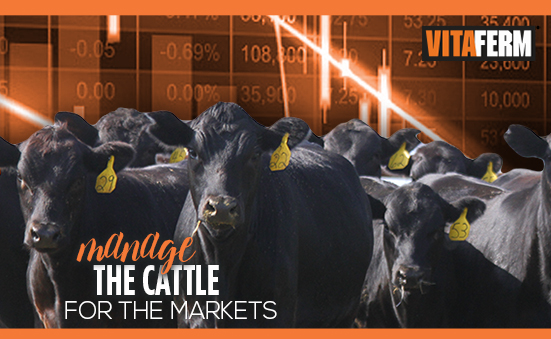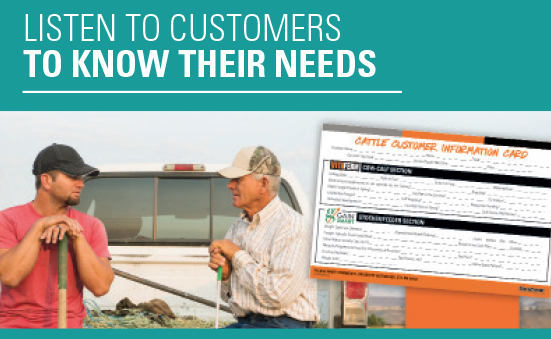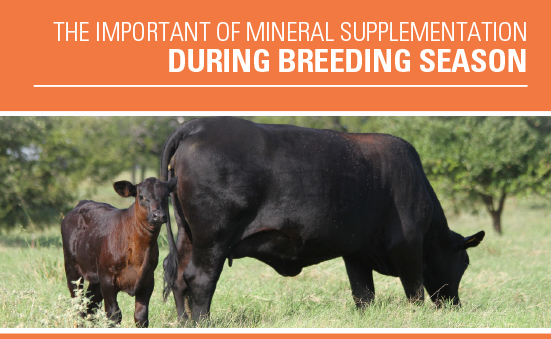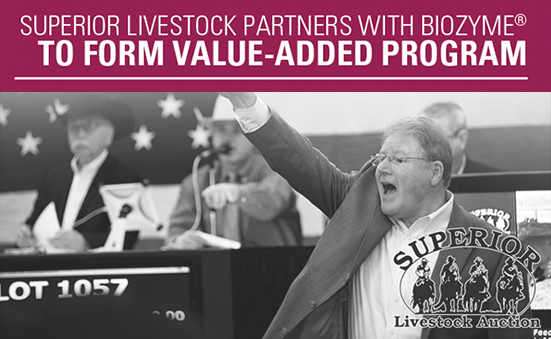As most of you know, BioZyme® has been around for quite a long time. I would say its “old” but since my birthday is in December, and the mirror seems to think I am getting “old”, I am just going to say this company has had a lot of experience. Author Aldous Huxley states that experience is not what happens to a man: it is what a man does with what happens to him. BioZyme has tried to live through all of this experience by staying focused on innovation, research and outreach that positively impacts the performance of animals so their owners succeed. Our team tried hard to keep that theme going in 2016. See what you think.
Innovation
- Installation of comprehensive small pack manufacturing capacity, allowing us to manufacture all of our Vita Charge® and Vitalize® gel, liquids, powders and gel caps in-house. This allows for much quicker turn around for these very fast growing lines of products.
- More loading and fulfillment space for faster order turn around.
- Faster and increased manufacturing capacity with the installation of the Italian-made Concetti completely automated bagging process. This technology can handle pellets, mash, bran, granules, flakes, or crushed product bagged through a completely automatic IGF bagging machine, capable of reaching a capacity up to 1,200 bags per hour. Our old line could accomplish 2,000 bags per 8-hour shift.
- A new, more interactive Online Dealer Center to allow for the addition of more useful features for growing and tracking your business.
- A new VitaFerm® Cow-Calf Mineral that addresses the nutrition minimums of a cow and her calf at a price that is sensitive to the current market challenges without losing the Amaferm® advantage.
- Adding cool, relevant folks to our team so we can make a difference in the challenges faced by this great industry.
Research
- A two-year study at The Ohio State University found that cattle fed Amaferm during the first seven days following feedlot arrival, the highest stress period in the feedlot, had double the average daily gain and feed efficiency over the control group.
- Research completed in Germany at Christian-Albrechts-University determined that BioZyme’s AO-Biotics™ reduced gut leakiness, protected against infection and tissue damage and supported up to 30% more absorptive capacity of nutrients to the monogastric animal.
- A controlled field trial completed at the University of Tennessee-Martin found cattle given Vita Charge Drench upon arrival recovered more quickly, shown as a significant increase in weight gain during week one. The control cattle actually lost weight during the first week. Those drenched cattle were also fed the Vita Charge Stress Tub for 21 days. This combination resulted in a significant starting advantage during weeks 1-3, but also maintained the advantage throughout the trial, with significantly better ADG and weight gains in weeks 4-7 and 1-7.
Outreach
- Secured being the authorized partner with Superior Livestock Auction, offering the first-ever and 2017 exclusive value-added nutrition programs. This is a HUGE outreach opportunity for all of us that love our amazing products. No other company has this distinction. Not Purina, not Nutrena, not Kent and not ADM. Go get ‘em, team!
- Started the Feed the Future Program with the Hereford Youth Foundation of America to support youth – the future of our industry and our country.
- Sponsored the Junior National shows of 12 cattle breeds and the World Pork Expo, allowing more than 4,000 youth to spin the Sure Champ® wheel and answer nutrition questions to earn prizes.
- Transported numerous injured war veterans to their necessary medical visits around the country.
Pretty amazing, don’t you think? I am giving you a large bear hug right now. Why? Because you are part of the team that made all this happen. Because you are amazing. I hope you have a blessed Christmas and a very Happy New Year. My sales team would be disappointed if I didn’t end the year with a challenge. How many tons will we be able to sell if we find all the amazing strategies to make a difference for producers and animals? I hope it’s a number we can’t even imagine.










